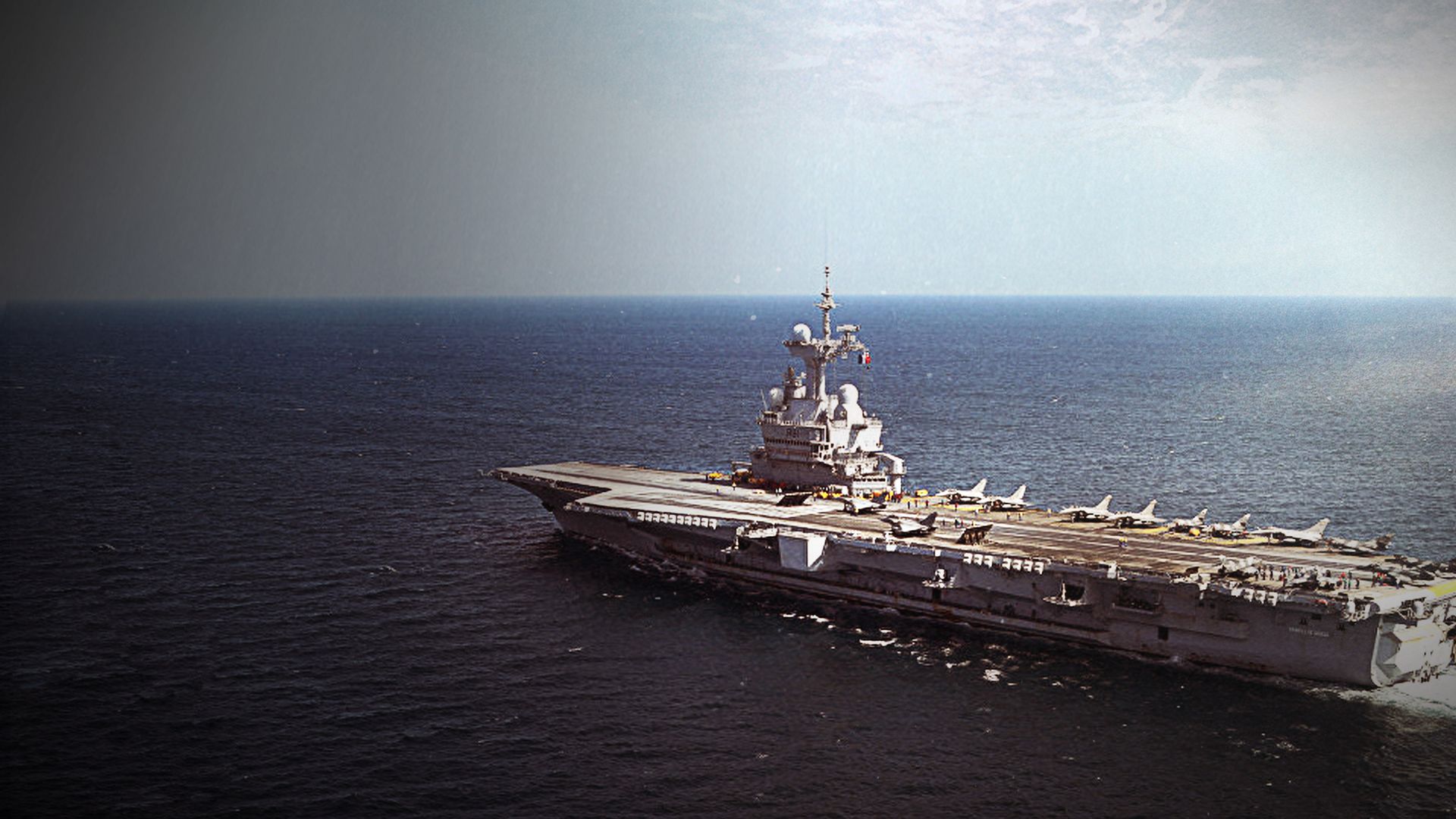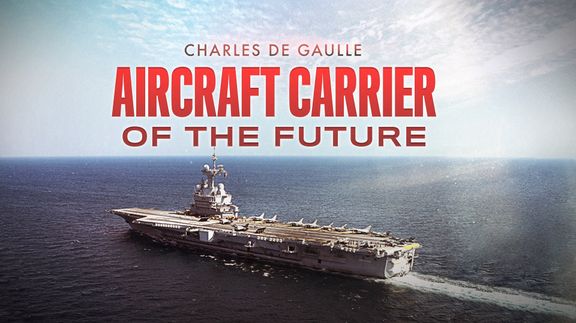

Aircraft Carrier of the Future
Aircraft Carrier of the Future
Witness a monumental overhaul in naval history as France's nuclear-powered aircraft carrier, Charles de Gaulle, undergoes a major transformation. With 2000 workers, 4 million hours of work, and 1.3 billion euros invested, the carrier is equipped for the future — transitioning to '100% Rafale' operations. In a delicate and colossal task lasting 18 months, technical, industrial, military, technological, and human challenges are faced by thousands of experts and technicians, who breathe new life into this iconic vessel.
Witness a monumental overhaul in naval history as France's nuclear-powered aircraft carrier, Charles de Gaulle, undergoes a major transformation. With 2000 workers, 4 million hours of work, and 1.3 billion euros invested, the carrier is equipped for the future — transitioning to '100% Rafale' operations. In a delicate and colossal task lasting 18 months, technical, industrial, military, technological, and human challenges are faced by thousands of experts and technicians, who breathe new life into this iconic vessel.
Related Articles
View AllIowa-class Battleships: WWII’s Multirole Masters of the Sea
To protect U.S. interests and project power during World War II, the Navy relied on four huge battleships to engage enemy fleets, support amphibious landings, and even transport…